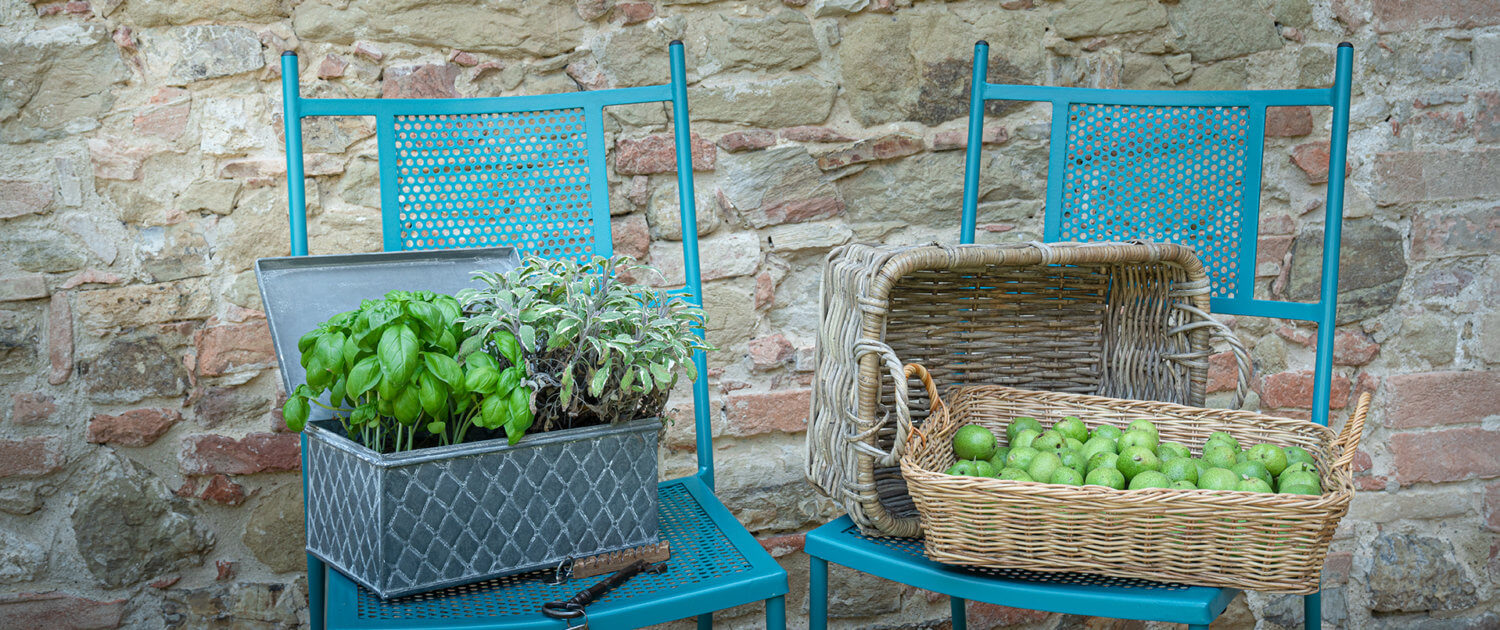The surroundings of Castello Monticelli
Whoever decides to visit Umbria will be surprised by the beauty of its landscape, its luxuriant nature, its gentle hills often covered with olive groves, its colours and its perfumes; yes, because in Umbria the air is full of perfumes!!
Similarly one finds in Umbria very many worth-seeing art works, churches and palaces, which are often to be found in relatively isolated hamlets and in the countryside. And who knows that Lake Trasimeno, the biggest lake of Central Italy, is only 12 km from Castello Monticelli and that its colours and the beautiful hills surrounding it, many covered with olive groves, are really worth visiting?
Near Castello Monticelli there are several cities well known for their art and for their architectural heritage, like Cortona, Perugia, Assisi, Todi and Orvieto. In Umbria there are also some of the most important Italian national parks and a wealth of prehistoric and paleontologic remains. In a good part of Umbria nature is still relatively uncontaminated, also because the population density is rather low, and a high degree of its past spirituality is still preserved. This contributes to create in visitors a perfect harmony of body and mind.
One national park is just 2 km away from Castello Monticelli. It is a forest which is untouched by thouseds of years, called Sereni-Torricella and which is protected also by the European Union.
In Umbria there are many enchanting small hamlets which are rather unknown to both Italians and forigners, where time seems to have stopped and where the authenticity of life and the SLOW rythm of life seem still to be alive. These hamlets are rarely mentiond in tourist guides. Some of them are very close to Castello Monticelli, like Castiglione della Valle, Spina, Mercatello, Morcella, Migliano, Cerqueto, Compignano and Monte Vibiano Vecchio, where a Roman Emperor was born. These hamlets were originally castles for the advance defence of the city of Perugia. Today they are inside an area of about 100 square kilometers called “Contado di Porta Eburnea” characterized by an architectural heritage of enourmous value and by a large number of churches and palaces with antique frescoes which are art true art treasures one would normally find only in museums of large cities.
In the above mentioned area there are about 100 buildings listed by the Italian Government and at least 14 churches and palaces with frescoes of renowned artists, among which Perugino, Tiberio d’Assisi, Meo da Siena, Bonfigli and Gerardo Dottori. The peculiarity of these art treasures is that they are still where they were conceived and painted by the artists, surrounded by the nature and the atmosphere which undoubtedly influenced the artists. Most of these numerous hamlets and listed buildings were originally fortesses at the border of the Byzantine Corridor, much like Castello Monticelli.
It is therefore not by chance that the Italian Ministry of Culturali Affairs has started the procedures to list the landscape of the whole area called Contado di Porta Eburnea and that the European Union has declared that the forest Sereni-Torricella is part of the European Natural Endowment. See the site www.eburena.it, the documentaries of the Italian National Television RAI of 2017 and 2018 and an entire page of the most widely red Italian national daily newspaper Repubblica published in the issue of October 29 2015.
The hill of Castello Monticelli is almost exactly halfway between Florence and Rome (ca. 160 km). Both cities are easily reachable by car and by train. Thanks to its ideal location Castello Monticelli represents a good starting point to visit also the regions of Tuscany, Latium and Marche.





Panicale – a jewel